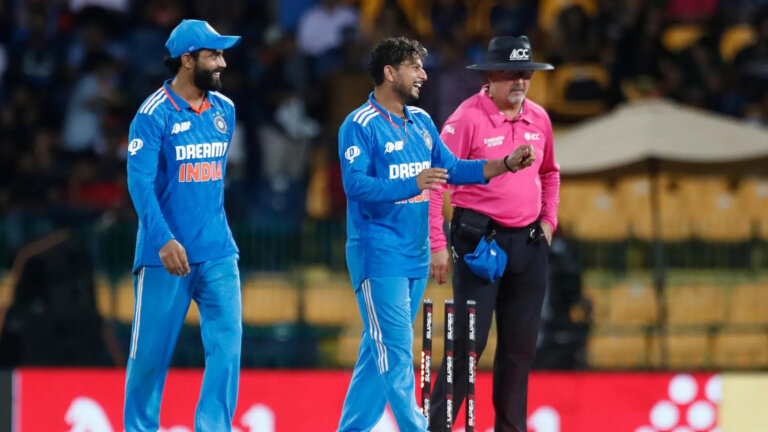
The concept of a professional Twenty20 league (MLC) in America is intriguing. The intrigue becomes a buzz when the IPL teams surge in like nobility with the world’s greatest cricket players. This commotion will attract attention and may cause a few people to sit down momentarily. However, cricket will be responsible for transforming this excitement into sustained interest. And the mantle is always placed on the 22-yard line to produce this spectacle.
The Grand Prairie stadium, located 15 minutes from Dallas, will host 12 of the 19 scheduled games, including the season opener and the postseason. Formerly a baseball stadium, the facility was converted for cricket just in time for the MLC’s inaugural season. The layout of the pitch block only began in November, and with no cricket games scheduled in the lead-up to the opening match, MLC is about to plunge into the unknown with the $120 million cricket’startup’ on the line.
According to his track record, they have just the right man to exorcise the demons that may arise from a newly laid strip to allay these concerns. Dave Agnew, an Adelaide-based proposal curator for the past two decades, has developed a reputation in the industry as a “crisis man.”
Agnew was contracted by Canada GT20 in 2019 to construct a cricket field out of a pasture farm within two months. Twenty matches were scheduled in two weeks on these new pitches, which averaged over 180 runs per game. Additionally, he steered the ship for the CPL during COVID-affected seasons. In 2020, over thirty games were played in three weeks across two venues in Trinidad, whereas in 2021, the same number of games were played at Warner Park. With average first-inning scores exceeding 160, the pitches were accurate. In 2018, he also assisted the Church Street Park in North Carolina in weathering Hurricane Florence four days prior to a T20 WC Qualifier event that was ultimately successful.

It is commonly believed that a cricket field requires the time between two monsoons to mature. Agnew required three weeks to construct the pitch block and an additional eight weeks to construct the sand-based outfield.
“We’ve picked the warm season Bermuda grass. It’s important to pick your grass correctly. The rye grass you get in England and New Zealand may not work here. We’ve put a 5-inch layer of sand under 6 inches of clay, which is very important. The roots of that grass will get down into the clay and go all the way down. And if we can have a nice, beautiful layer of sand that the roots can get into further we’re going to have a healthy set of pitches. If we can get that, it just hastens up the recovery process of the pitches between games. It is important when only a couple of facilities are used for the entire duration of the tournament”
“When you see the texture of the pitch, it’s just half of the whole story and what I am more interested in is slightly more than what’s on top. I’m more interested in what’s happening underneath. Because that will eventually dictate how sporting the wicket truly will be”




